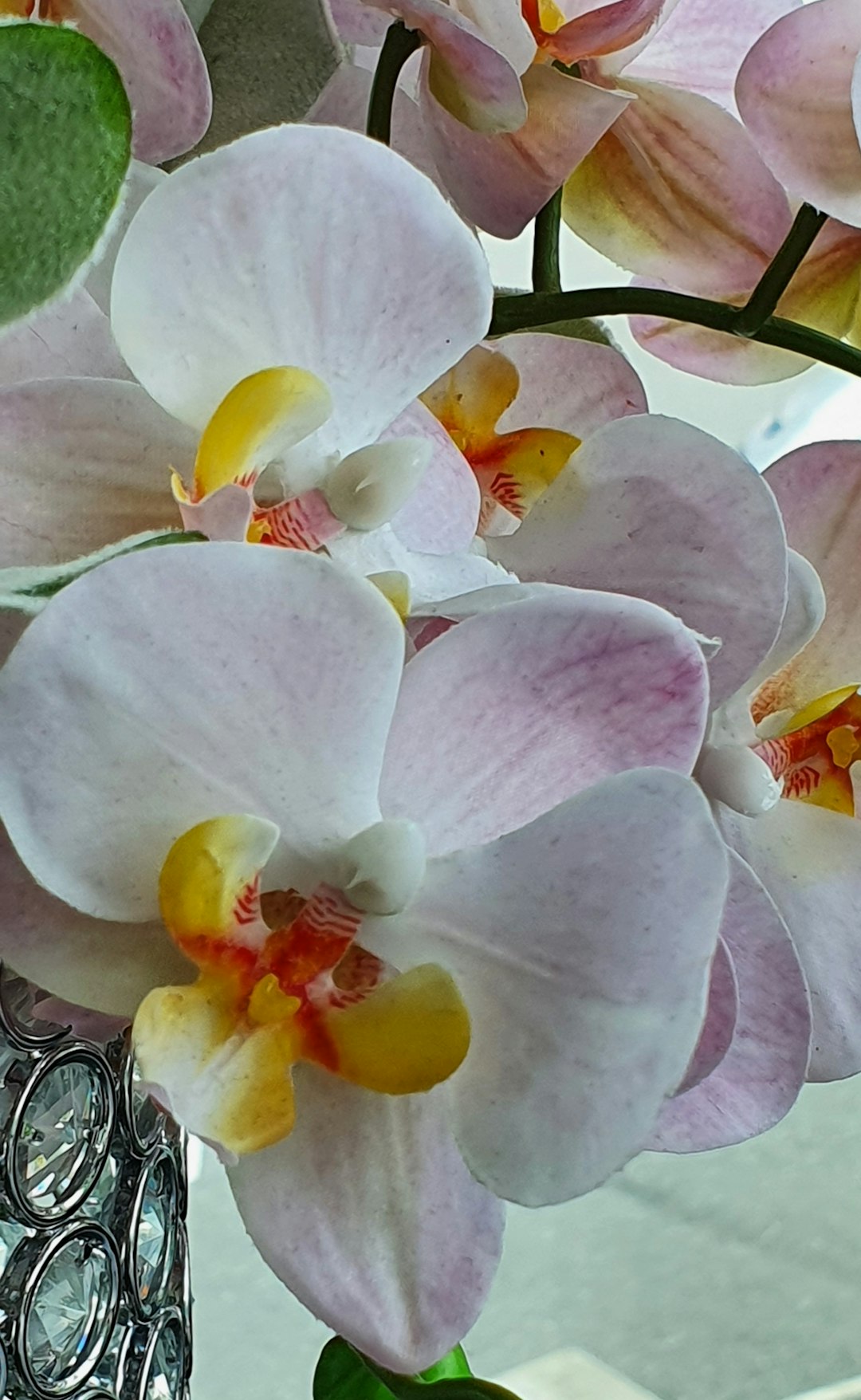The Secret to a Thriving Yard: Sustainable Gardening

Maintaining a beautiful yard doesn't have to be expensive or harmful to the environment. In fact, by adopting sustainable gardening practices, you can save money, use fewer chemicals, and create less waste. Here are some tips to help you garden sustainably and keep your yard looking its best.
1. Choose Native Plants
Native plants are adapted to the local climate and soil conditions, which means they require less water, fertilizer, and pesticides. They also provide habitat for local wildlife, such as birds and butterflies. When selecting plants for your yard, look for native species that are suitable for your region. You can consult with a local nursery or gardening center for recommendations.
2. Compost
Composting is a great way to recycle organic materials, such as leaves, grass clippings, and food scraps, and turn them into nutrient-rich soil. Compost can improve soil structure, retain moisture, and reduce the need for chemical fertilizers. To start a compost pile, simply collect organic materials in a bin or pile and let them decompose over time. You can add a small amount of soil or manure to speed up the process. Turn the pile regularly to ensure proper aeration.
3. Water Wisely
Water is a precious resource, so it's important to use it efficiently in your garden. One way to do this is to water your plants deeply and infrequently, rather than shallowly and often. This encourages the roots to grow deeper into the soil, making the plants more drought-tolerant. You can also use a soaker hose or drip irrigation system to deliver water directly to the roots, reducing water waste. Additionally, consider collecting rainwater in a barrel or cistern and using it to water your plants.
4. Use Natural Pest Control Methods
Chemical pesticides can be harmful to the environment and human health. Instead, try using natural pest control methods to manage pests in your garden. For example, you can attract beneficial insects, such as ladybugs and lacewings, which feed on aphids and other pests. You can also use companion planting, which involves planting certain plants together to repel pests or attract beneficial insects. For instance, marigolds are known to repel nematodes, while basil can repel mosquitoes.
5. Mulch
Mulching is the practice of covering the soil around your plants with a layer of organic material, such as wood chips, straw, or leaves. Mulch helps to retain moisture, suppress weeds, and regulate soil temperature. It also adds nutrients to the soil as it decomposes. Apply a layer of mulch around your plants, making sure to keep it a few inches away from the stems to prevent rot.
6. Practice Integrated Pest Management (IPM)
Integrated Pest Management is a holistic approach to pest control that combines biological, cultural, physical, and chemical methods. The goal of IPM is to manage pests in a way that minimizes the use of chemicals and reduces the impact on the environment. To implement IPM in your garden, start by monitoring your plants regularly for signs of pests or diseases. Then, use a combination of natural pest control methods, such as those mentioned above, to manage the pests. If necessary, you can use chemical pesticides as a last resort, but make sure to choose products that are labeled for use in your garden and follow the instructions carefully.
7. Maintain Your Lawn Properly
If you have a lawn, it's important to maintain it properly to keep it healthy and looking its best. One way to do this is to mow your lawn at the appropriate height. Different grass species have different optimal mowing heights, so make sure to check the recommended height for your grass type. Mowing your lawn too short can stress the grass and make it more susceptible to pests and diseases. Additionally, avoid overwatering your lawn, as this can lead to shallow root growth and increased water waste. Instead, water your lawn deeply and infrequently, as described above.
8. Reduce Waste
Finally, try to reduce waste in your garden by reusing and recycling materials whenever possible. For example, you can reuse old containers, such as pots and buckets, to plant your flowers or vegetables. You can also recycle plastic bags and other materials by using them to line your compost bin or to cover your plants during cold weather. Additionally, consider donating any unwanted plants or gardening tools to a local community garden or charity.
In conclusion, sustainable gardening is a great way to care for your yard while also protecting the environment. By following these tips, you can save money, use fewer chemicals, and create less waste. So, get out there and start gardening sustainably today!